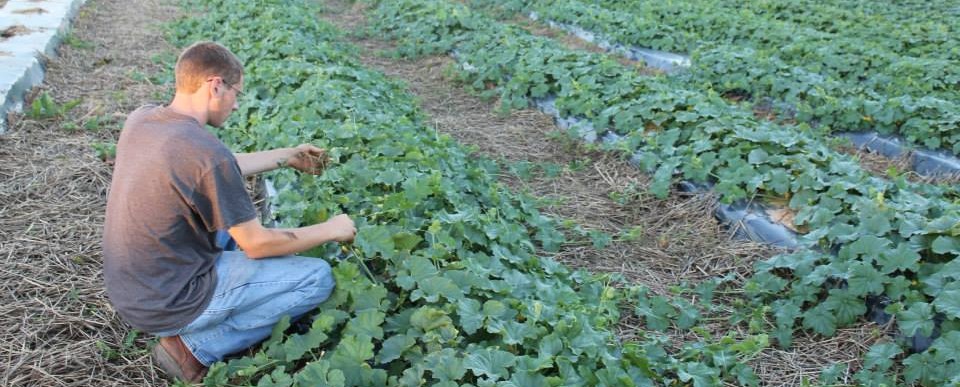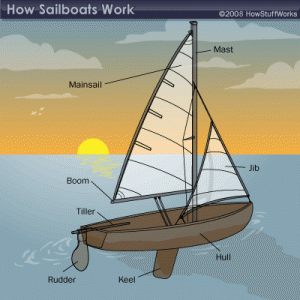Some people like s’mores, others like hot dogs, but my favorite food to make over a campfire is peach cobbler. Mr. Soifer taught me how to make it while I was on a scout camping trip. Mr. Soifer is truly stuck in the 60’s/70’s, with his scraggily pony tail, tie dye shirt and purple tinted glasses. While making the cobbler, he didn’t know exactly how much peach filling you need, or how long it needed to cook, he just “feels it”. Somehow, the cobbler turned out just perfect. So even though I’ve never seen a recipe (it’s not complicated), I’d like to share my cobbler making knowledge.
I make cobblers is what’s called a Dutch oven. A Dutch oven is basically a heavy cast iron pot with a heavy cast iron lid. Since they are made of iron, you aren’t supposed to wash them with soap and water. Instead, you just scrape it clean with a spoon or knife, wipe it down, and lather it with oil. Mr. Soifer said this method of “cleaning” makes the flavor better for the next time.

Two dutch ovens
The first thing you have to do is butter the oven. Basically take a half of a stick of butter in your hand and spread it around the inside of the oven. Complete coverage keeps the cobbler from sticking after it’s done. Next, in separate bowl, pour in the cake mix. Stir in about a half of a cup of oil, a cup of water, and two eggs. After that, pour most of a large can of peach pie filling into the Dutch oven, followed by the cake batter. Finally, dump the rest of the can of peaches, spreading it around on the top. Two or three small cans can substitute for a large one.
To cook your cobbler, you will need a strong wood fire with a substantial amount of coals, or alternatively charcoal briquettes. Put the lid on the oven, and place it on a small bed of hot coals. For uniform cooking, place even more coals on top. This can be done with a shovel, or two sticks used like chopsticks, or any other creative method you can think of. If you are making more than one batch, Dutch ovens can even be stacked to conserve coals, as seen in the picture.
Now the waiting game begins. Depending on the temperature of the coals, cooking time can vary from an hour to an hour and 45 minutes. To check if it’s done, just treat it like any other baked good and stick a fork or tooth pick in it, and make sure it comes out clean. The most difficult part of the whole process is resisting the temptation to check if it is done every five minutes. Although I am a high strung when it comes to cooking, Mr. Soifer’s slowed down vibes taught me to just chill and “feel” when it’s done instead of incessantly checking.
The final product is a fluffy peach infused cake, with runny peach filling on the bottom. It Is best served warm, and with a spoon to make sure you get plenty of the peaches on the bottom. And of course, if you happen to have some vanilla ice cream, that makes it even better.






